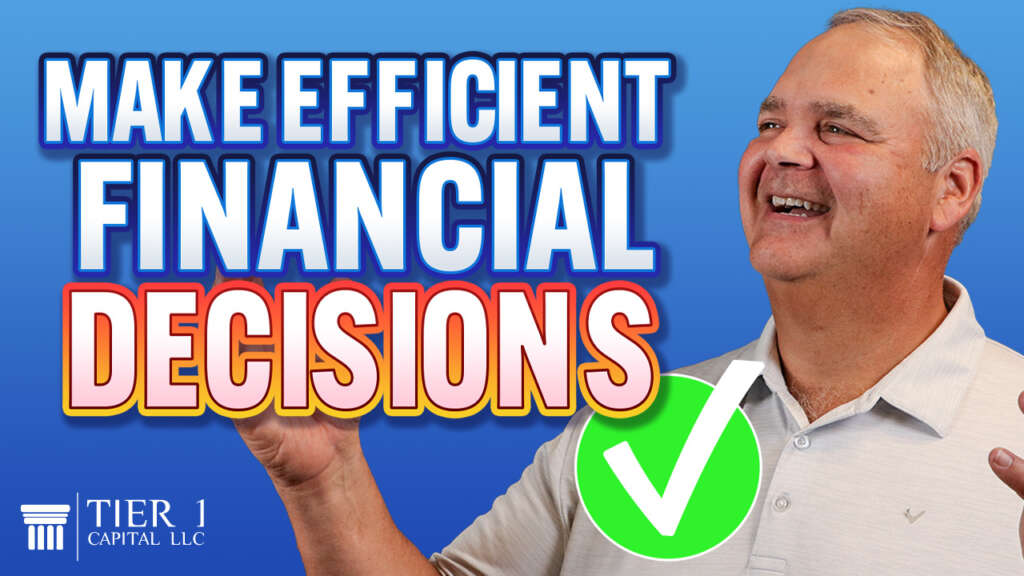
Something I’m sure you heard us say before, is you finance every single purchase you make, you either pay cash and give up interest that you could have earned on that money, or you finance and pay up interest to another entity outside of your control.
Nelson Nash used to say this is Basic Finance 101. You’re either going to pay interest when you borrow or give up interest when you pay cash. The consulting firm Stern Stewart & Company charged their clients for consulting on how to make better financial decisions with their money based on Finance 101.
The problem was these multinational corporations were making poor decisions with their capital. They were recognizing the fact that when they borrowed, they paid interest, but they put a price on their own capital of zero. And consequently, they were making bad decisions with their money.
And here’s the point that Nelson Nash was making: your money, your capital has a cost. To think that your money does not have a cost basically means that the laws of gravity don’t apply to you.
Let’s take a look at that example.
Say you need to make a major capital purchase and the bank is going to charge you 8% to finance. And you’re putting a capital cost of zero on your money. The blended rate, the actual cost of that money would be 4%. In this example, if you were to earn 6% on that purchase that would be an acceptable rate of return. Because 6% is higher than the 4% blended cost of that capital. Basically, you’re making a profit. But in this scenario, there’s a fatal error baked into this cake. That is, your money has no cost.
What people don’t realize is that it’s very hard to acquire capital. It’s hard to save money. And if you have money sitting around waiting to be deployed, the worst thing you could do is deploy it in a way that is detrimental or costing you money. And this is what Stern Stewart pointed out to their clients, their capital had a cost.
We see this all the time. People will say, hey, why should I take a policy loan and pay the insurance company? 5% when I have cash sitting in the savings account, earning 0%? But there’s a cost to that capital.
First of all, there was a cost emotionally to build up that capital, and to deploy it without taking advantage of any opportunity cost that could be earned on that money, is not being a good steward of that cash.
Now we’re going to take a look at that same decision after applying economic value added. Economic value added is a financial measurement of your use of capital. It will indicate the profitability of your operating decisions or how you’re using your money.
So looking at that example, again, the borrowing rate is 8%. So we know what it’s going to cost to finance. But now the market environment where you could invest your money has an average return of 12%. That becomes the cost of your capital. If you can’t get 12% on your money, then you would be better off putting your money in the market.
In other words, if you’re going to buy a piece of equipment and you can’t get at least 10 to 12%, 10 is important because that’s the blended rate. If you’re borrowing at eight and you can invest at 12, your blended cost of capital is 10%. If you can’t get at least 10% out of that opportunity, then there’s no sense taking advantage of it. You would be far better off or far better served by just putting your money in the market.
At Tier 1 Capital, we look at things through the lens of control and making your cash flow and your money work as efficiently as possible for you, your business, and your family. If you’d like to learn exactly how we put this process to work for our clients, check out our free webinar, The Four Steps of Financial Freedom, which lays out exactly how we do it.
And remember, it’s not how much money you make, it’s how much money you keep that really matters.
